The way of traveling via cruise ship has changed forever, it seems. The amount of travelers has dropped enormously due to the recent pandemic. Ticket sales are hitting a record low, which has caused the cruising industry to run aground figuratively. How will this affect the future of traveling by cruise ships? How will the CDC safeguard passengers and crew members to keep the industry afloat?
The CDC has a plan called the “Conditional Sailing Order” to maintain the health and safety of crew members, passengers, and the communities with whom they come in contact. These guidelines will reduce the risk of outbreaks and the spread of communicable diseases.
Continue reading for more information on how the cruising industry responds to current events to keep you healthy and safe so you can relax and spend your valuable time doing the things you enjoy the most.
Changes are Coming in Waves
Tensions are on an all-time high while relaxation is at an all-time low. Stripping ourselves of these tensions is difficult for anyone, with the stress of the pandemic on our minds. Current conditions have caused a great amount of uncertainty in our lives today. Even deciding whether or not to take a cruise can be a nerve-wracking choice to make.
The cruise industry and the CDC are making the health and safety of their crew members and passengers their top priority.
The Center for Disease Control (CDC) intends to mitigate the spread of COVID-19 (CV19), and the cruising industry has responded to the pandemic to create a safer environment for their crew members, passengers, and the communities they visit.
Purpose of the Conditional Sailing Order
The purpose of the Conditional Sailing Order set in place by the CDC is to:
- Create additional testing and safeguards for crew members while building laboratories with the capacity of testing future passengers.
- Create more extensive protocols for the sanitization of the ship and its equipment.
- Create health protocols for passengers to follow to ensure their safety
- Create protocols for proper:
- Isolation
- Testing
- Treatment
- Quarantine
- Prevent the spread and transmission of infectious disease to:
- Communities that crew members and passengers come in contact with
- Crew members
- Passengers
- Perform simulated voyages to test the cruise ship operators’ ability to mitigate CV19 and other communicable diseases.
- If you are interested in being a volunteer for a simulated voyage, you must meet certain criteria before entering into an agreement:
- You must be 18 years of age or older
- Agree that you have been notified of the inherent risks before signing up for the voyage
- Must have a doctor’s statement claiming that you are healthy and able to travel via cruise ship
- Must be observed by cruise operator for a period of time before embarking
- Must have proper negative laboratory tests completed
Conditional Sailing Orders’ Impact on the Industry
The Conditional Sailing Order has impacted the cruising industry in many ways:
- Cruises are no longer allowed to have a voyage duration that extends for more than seven days.
- The decreased revenue from the reduced amount of passengers has significantly hurt the cruise industry financially.
- The time it takes to embark is longer because of delays caused by:
- Increased sanitation protocols in all areas of the ship
- Pre-screening crew members and passengers
- Quarantining crew members and passengers
- Staggered embarking and disembarking
Stay Afloat by Remaining Positive
Although there are many ways to view the glass as half-empty, it is imperative to see the silver lining in the current situation. The pandemic has caused us to take a deeper look at our health and safety protocols and find ways to maintain safe environments for everyone to enjoy.
Impact on Crew Members and Passengers
Anytime changes there are made in a policy or procedure, there are sure to be mixed emotions about said changes. Below are a few of the positive and negative aspects that crew members and passengers may be experiencing:
Negative aspects:
- Constantly having to sanitize causes delays for all aspects of the ship
- Increased health and safety procedures, in addition to sanitation, also result in every process taking longer
- Social distancing makes it difficult to gather and have fun without worrying about wearing a face covering or contracting an illness
Positive aspects:
- Peace of mind knowing that every precaution has been taken to ensure that the environment is:
- Exceeding safety expectations
- Properly cleaned, sanitized, and disinfected
- Up to the highest health standards
- State-of-the-art laboratory equipment for rapid testing ensures that crew members and passengers are being properly screened and treated
- Reduced risk of exposure to contagious illness and disease
- More crew and medical staff being added to the ship’s crew roster in efforts to maintain the cleanest, healthiest, and safest vessel possible
Sailing Into the Next Phase of Technology
With the pandemic on the incline and social gathering on a steady downslide, cruise lines must work diligently with the CDC to uphold the highest safety and cleanliness standards by staying up-to-date with the latest technology.
Technology Comes in Many Forms
Cleaning methods and products are one of the ways cruise ships are utilizing technology. There is a safe way of cleaning without using harsh, toxic chemicals.
Electrolyzed water is rapidly becoming a popular way to sanitize and disinfect without using dangerous chemicals.
Some cruise lines are even using electrolyzed water in their ventilation systems. Since it is a naturally produced chemical, it is not irritating and is safe to breathe. Cruise lines are using it as a fogger to disinfect and sanitize high traffic and common gathering areas.
Cruise lines will also start implementing robot vacuums and cleaners in efforts to minimize person to person contact.
Wearable Devices Reduce Contact
Cruise lines are now offering a small wearable device that will reduce person-to-person contact. Below is a list of some of the functions of these devices:
- Has a GPS locater that allow passengers to track the ship when they are at a destination and allows the ship’s operators to locate the passengers if they get lost or in case of an emergency
- Notifies passengers of activities taking place on the ship or at destinations
- Opens room door and allows access to other areas of the ship
- Order food for room delivery
- Stores itinerary information
- Stores passport, visa, and identification information
- Stores payment information for contactless transactions
It’s All Fun and Games
Another way cruise lines are going contactless is in the gaming department. Games that are played in groups such as trivia, board games, and card games will become contactless by using touch screens and other smart devices.
Casinos are also being redesigned to be contactless to maintain the level of entertainment that people are accustomed to while being safe for all.
Facial Recognition is the Way of the Future
Before long, most cruise ships will be using facial recognition software. This will help expedite the check-in process, as well as other instances when a passenger needs to show identification during the voyage.
Contactless Safety Drills
Before embarking on a voyage, all cruise lines must perform a safety drill, which requires passengers to gather in dedicated locations throughout the ship to review safety procedures and what to do in the event of an emergency.
To minimize unnecessary contact between crew members and passengers, cruise lines are now implementing a new way of performing a safety drill.
Thanks to modern-day technology and smart devices, ship operators now can perform safety drills by connecting to passenger’s smart devices to give warnings and instructions such as:
- How to get to the meeting place
- Warnings and updates about risks and potential issues
- What, if anything, you should bring with you
- Where to meet in the case of an emergency
Equipped with State-of-the-art Laboratories
The CDC now requires cruise lines to screen all crew members and passengers before setting sail in order to remain compliant with the Conditional Sailing Order.
Cruise lines are now equipping ships with a capacity of over 250 passengers with state-of-the-art laboratory equipment for proper screening, prevention, and treatment of infectious diseases.
Many ships will be installing heat-sensing cameras and thermometers on the ship’s walls to scan passengers as they walk past them.
On-Board Telehealth Visits
Another way many cruise ships are acting to reduce the amount of contact and exposure between passengers is by using telehealth services, where you can video chat and message a health care provider directly from your cabin on any smart device.
Cruise lines will also start designing with versatility in mind. Passenger cabins will have hidden panels in the walls that can transform to accommodate medical equipment in the event that the guest becomes ill. This will reduce exposure to the remaining inhabitants of the ship.
Building with Germs in Mind
Technology can benefit our world in so many ways. With cleanliness and sanitization on everyone’s minds, it may be relieving for you to know that companies are now making antimicrobial materials and surfaces, which will help reduce germs in your environment.
Some of the antimicrobial materials made are:
- Blankets
- Carpets
- Curtains
- Mattresses
- Sheets
- Upholstery
Cruise ships will also be re-vamping their ventilation systems in order to maintain an easy to breathe, clean, and germ-free environment.
They will also be implementing sanitization stations throughout the ship where passengers can wash and disinfect their hands and belongings as they travel around the ship. This will help to reduce the spread of germs from passenger to passenger.
Other Ways of Reducing Contact
Contactless is key in our current times. Below are five ways that cruise ships are working to reduce person-to-person contact and mitigate the risk of contracting communicable diseases.
The Way We Come and Go:
The time it takes to embark and disembark a ship will now take longer due to new social distancing guidelines. There will be staggered loading and unloading process for passengers in efforts to reduce contact.
To make the process less painful for passengers and crew members, mobile applications are being created to expedite the loading and unloading process and make it as problem-free as possible.
The Way We Move and Gather:
In an effort to minimize contact between passengers, cruise ships will be redesigning and labeling common spaces with social distancing markers such as:
- Arrows showing which side and direction people need to be on
- Glass dividers will be used in some situations to avoid close contact
- Seating will be spaced out farther between guests to minimize contact as well
- Standing spots to remind people of how far they need to be from each other and where they can go.
The Way We Communicate on Board:
Thanks to modern-day technology and smart devices, passengers may now communicate with crew members and staff with a touch screen device in their cabins.
Guests have the ability to:
- Make entertainment reservations
- Order food
- Receive updates
- Room service
- View event schedules
This smart option eliminates having to handle the paper brochures that were traditionally sent to each passenger on a daily basis.
The Way We Dine:
Another area where cruise lines are making changes is in the dining room. Guests will no longer be allowed to help themselves at a buffet. There will be a member of the dining staff serving your foods of choice to avoid cross-contamination.
Many ships dining areas will be redesigned with social distancing in mind, and many will be offering a-la-carte dining options only to avoid contact in buffet lines.
The days of openly grazing the buffet whenever you have the urge to feast have sadly been laid to rest. In the future, it will most likely become standard procedure to make a reservation when wishing to dine in the main dining areas.
The Way We Visit Off-Ship Destinations:
Traditionally in the past, when off-shore excursions take place, passengers had the freedom to explore the community at their leisure or take a guided tour with a group of passengers.
In an effort to minimize the risk of exposure, off-shore excursions will be very controlled with their local tours. This will help to reduce the risk of contraction and spread of CV19 and other infectious diseases among the communities visited.
In some cases, passengers may be allowed to move around a destination freely if they comply with local social distance regulations such as wearing face coverings and assuring minimal contact with others.
The Way We are Entertained:
Trying to comply with health and safety regulations can be a tricky task for performers and other types of entertainers onboard. Keeping entertainers and audience members safe is the number one priority. Maintaining a proper social distance while performing in a dance show can be almost impossible.
In the past, guests have had the freedom to come and go from any onboard entertainment venue whenever they wanted. Due to social distance regulations, most cruise lines will now require reservations to attend their onboard fun.
Pubs and cafés will most likely not be changed too much as far as entertainment goes. Because they are a smaller venue, it is easier to distance the performer from the audience.
Keeping the Entertainment Safe
To keep the cruise entertainers’ safe, cruise ships have redesigned the layout of performance areas New high-tech projections and lights allow for the scenery to be replaced on the stage which allows for more distance between the perfromers.
Dressing rooms have always been a cramped space for performers. Cruise lines are redesigning dressing areas to insert distance and protect performers from coming in close contact with each other. In some cases, performers will change their costumes in their cabin and return to the stage when it is their turn to perform.
When Contact is Unavoidable
Personal Protective Equipment will be provided by cruise lines for crew members and passengers whenever needed. While wearing a mask is not really the fashion statement you prefer to make while you are on holiday, cruise lines must adhere to the CDC’s expectations to keep ships operating safely.
Wearing a mask and/or gloves will be required only when social distancing is not feasible.
Cruise Industry is Exceeding CDC Expectations
The cruise industry has grown exponentially over the past 10 years. Now it seems that taking a cruise may be the safest way to travel in the future because the cruising sector is the only one in the travel industry that requires 100% negative CV19 test results from all crew members and passengers before embarking on any voyage.
In addition to requiring negative tests from all crew members and passengers, the cruise industry has taken every precaution to ensure that every passenger has a safe and enjoyable cruise by using state-of-the-art technology and the best procedures for disinfecting and reducing the spread of germs.
Mitigating the Spread as an Individual
There are many ways that you can help reduce the contraction and spread of contagious diseases as an individual. First and foremost, read and follow the CDC’s recommendations for reducing the risk, spread and, contraction of illnesses.
Common Sense Goes a Long Way
Using common-sense will benefit everyone you come into contact with:
- Avoid visiting hot spots where higher numbers of illness have been reported
- Avoid crowded spaces
- Avoid attending large gatherings
- Clean often
- Disinfect frequently touched surfaces often to avoid cross-contamination
- If you feel sick or have been exposed to someone who has been sick, self-quarantine for 14 days to reduce the risk of spreading the illness
- Use hand sanitizer often
- Wash your hands with warm soapy water for at least 20 seconds
- Wear a face covering when in large groups or close proximity to others
- Wear rubber gloves when dealing with the public or handling money
Getting Priorities in Order
Cabin fever has over-stayed its welcome, and the urge to hit the seas can no longer be ignored.
Before you put your straw hat and sun-shades on, though, take a minute to get your priorities in order.
The following things should be considered before taking a cruise:
– Be sure that you are up-to-date on vaccines
– Check for health advisories before making plans
– Fill any medications that you are currently taking
– Have multiple forms of money:
- ATM Card
- Credit card (more than one)
- Traveler’s checks
- Cash
– Make sure all passports, visas, and identification cards are up to date
– Purchase travel insurance to protect yourself and your belongings
– Sign-up for the Smart Traveler Enrollment Plan.
- This is a free service that allows U.S. citizens traveling abroad to enroll their trip with the nearest embassy. It does not cost anything to sign-up online.
– Write down important information:
- Credit card and bank phone numbers
- Medical information
- Emergency contact information
- Allergies
Hastiness Could Lead to Unhealthy Outcomes
Fight the urge to rush into unhealthy situations. You have been locked up for what seems like forever, and now you feel the need to get out, so you have made the decision to take a cruise.
The way we travel and interact with others is changing every day; therefore, before getting too excited by hitting the reservation button, the following things should be considered:
- Current pandemic numbers
- Hot zones for illness
- What requirements do passengers have to meet to travel
- Which cruise lines are rated the cleanest and safest
CDC Requirements for Passing Cleanliness Tests
The CDC requires a cruise ship to have a passing score of 86% to operate and transport passengers of any kind.
Over 200 active cruise ships on the seas, today have a passing score of 86%. Of that percentage, there are 13 that received a perfect score of 100%. We’ll share the list of these amazing overachievers in a moment.
What it Takes to Receive a Passing Score
Inspectors consider the health and safety of all crew members and passengers with the highest level of importance. The following areas of a cruise ship are inspected to pass a health and safety test:
- Child care and activity centers
- Common Areas
- Dining areas
- Food preparation areas
- Guest Rooms
- Medical and laboratory facilities
- Spa facilities
- Swimming pools and hot tubs
- Ventilation Systems
- Water and sewage systems
The areas mentioned above must uphold the highest cleanliness standards to pass a health inspection with a minimum score of 86%.
On the occasion that a ship does not meet a passing inspection score of at least 86%, they will be allowed to correct any issues and be inspected again.
13 Cruise Ships With Perfect Cleanliness Scores
It takes a serious drive and constant attention to detail to gain a perfect inspection score. Crew members are trained with the proper techniques for sanitizing, disinfecting, and dealing with CV19 and other transmittable diseases and illnesses.
The following list highlights 13 of the outstanding cruise ships that received a perfect cleanliness score:
Aida Cruises
- Aidavita
Celebrity Cruise Lines
- Celebrity Equinox
- Celebrity Reflection
- Celebrity Summit
Holland America Cruise Lines
- Koningsdam
- Nieuw Amsterdam
- Noordam
Norwegian Cruise Lines
- Norwegian Gem
- Norwegian Sky
Princess Cruise Lines
- Ruby Princess
Royal Caribbean
- Brilliance of the Seas
- Enchantment of the Seas
- Navigator of the Seas
Viking Ocean Cruise Lines
- Viking Sea
Reduced Capacity Causes Lost Revenue
The capacity of passengers allowed to travel on a cruise ship has been reduced by
25%-50%, which means that cruise lines are bringing in significantly less revenue.
Traveling via cruise ship has become one of the most popular ways to travel all over the globe. The cruising industry is worth over $150 billion. Perhaps you are wondering how they are able to remain profitable in such financially uncertain times?
Staying Financially Buoyant in Turbulent Waters
It takes about the same amount of money to operate a cruise ship, whether it is at half capacity or full capacity. So, how can cruise lines stay afloat if their revenue is being pulled to the bottom of the sea?
- One way that cruise lines are staying financially afloat is by stopping new ship orders and construction for the time being. This may help the cruise lines but could be a serious issue for the shipbuilding industry worldwide if current issues are not changed quickly.
- Another way to recoup some of the lost revenue is by passing those costs along to the consumer. Although this is not something that anyone really fancies, sometimes in business, it has to be done in order to succeed in the long run.
Effect the Pandemic has on Passenger’s Wallets
With the reduced amount of passengers aboard, cruise lines will have to off-set their operational costs. Unfortunately, that means that the passengers’ wallets may be affected.
Large cruise ships will be offering smaller capacity cruises with higher-luxury services and treatment to help with the financial dent that the pandemic has caused.
Favorite Destinations Banning Large Cruise Ships
One of the great aspects of taking a cruise is the joy and excitement of visiting beautiful destinations that you normally would not have the opportunity to see.
During these uncertain times, many of our favorite destinations have closed their ports to large cruise ships. Be sure to check with your travel agent or favorite cruise line to see if your itinerary will be affected by these port closures.
The following destinations have declared that cruise ships with a large capacity of passengers are not welcome at this time:
- Argentina
- Buenos Aires
- Ushuaia
- Australia
- Adelaide
- Brisbane
- Fremantle
- Melbourne
- New Castle
- Sydney
- Canada – Closure has greatly affected the Alaskan cruise industry as their main ports of destination are Vancouver and Victoria, which are located in the province of British Columbia
- Cayman Islands
- The State of Maine
- The Seychelles
There is a Silver Lining in Uncertain Times
While we are all traveling through an uncertain time in our world’s history, it is important to remember to follow the CDC’s proper health and safety procedures. Using proper hygiene and common sense will help to reduce the spread and length of time that this pandemic survives.
For further information on the pandemic or CDC health and safety guidelines, please visit their website.
Sources:
(https://www.cdc.gov/), (https://www.businessinsider.com/cleanest-cruise-ships-in-world-2019-5), (https://www.travelpulse.com/news/cruise/who-owns-and-operates-what-in-the-cruise-industry.html), (https://www.celebritycruises.com/itinerary-search?cid=ps_mest_bing_rtlgnr_1702_homu_alge_us_7712&gclid=f42d910aaeda105e5ce9cebe3fa4858b&gclsrc=3p.ds&msclkid=f42d910aaeda105e5ce9cebe3fa4858b&utm_source=bing&utm_medium=cpc&utm_campaign=B_US_Holiday_Brand_ALL_est4398&utm_term=%2Bcelebrity%20%2Bcruise%20%2Bcelebration&utm_content=Brand_Celebration_BMM),
(https://www.royalcaribbean.com/cruise-ships/brilliance-of-the-seas),
(https://cruiseweb.com/cruise-lines/holland-america-line/ship-noordam#:~:text=Noordam%20Cruise%20Destinations,far%2Daway%20exotic%20departure%20ports.), (https://www.cruisemapper.com/ships/AIDAvita-656),
(https://www.royalcaribbean.com/cruise-ships/navigator-of-the-seas),
(https://www.princess.com/cruise-tips-vacation-ideas/video/cruise-ships/ruby.html
(https://www.cdc.gov/nceh/vsp/default.htm),
(https://www.cdc.gov/quarantine/cruise/index.html),
(https://cruisemarketwatch.com/financial-breakdown-of-typical-cruiser/
https://home.kpmg/xx/en/blogs/home/posts/2020/07/covid-19-impacts-on-global-cruise-industry.html),
(https://www.cdc.gov/quarantine/pdf/CDC-Conditional-Sail-Order_10_30_2020-p.pdf),
(https://www.cdc.gov/nceh/vsp/desc/aboutvsp.htm),
(https://cruzely.com/the-cleanest-cruise-line-according-to-cdc-inspections/),
(https://www.cdc.gov/coronavirus/2019-ncov/php/public-health-recommendations.html),
(https://www.ncl.com/travel-blog/new-sanitizing-technology-on-norwegian-cruise-line-), ships
(https://www.phocuswire.com/contactless-technology-solutions-cruise-lines-covid-19),
(https://www.cnbc.com/2020/04/21/how-coronavirus-covid-19-will-change-cruise-ship-travel.html),
(https://www.cruisecritic.com/news/5650/),
(https://www.travelandleisure.com/cruises/royal-caribbean-volunteers-simulated-cruise-sailings),
(https://www.travelandleisure.com/cruises/royal-caribbean-volunteers-testing-safety-protocol),
(https://thepointsguy.com/guide/cruise-ship-ports-reopening/),
(https://step.state.gov/step/),
(https://www.cntraveler.com/story/how-cruise-ships-are-updating-protocols-after-coronavirus),
(https://www.travelagewest.com/Travel/Cruise/What-Kind-of-Testing-Is-Required-to-Keep-Cruisers-Safe-)

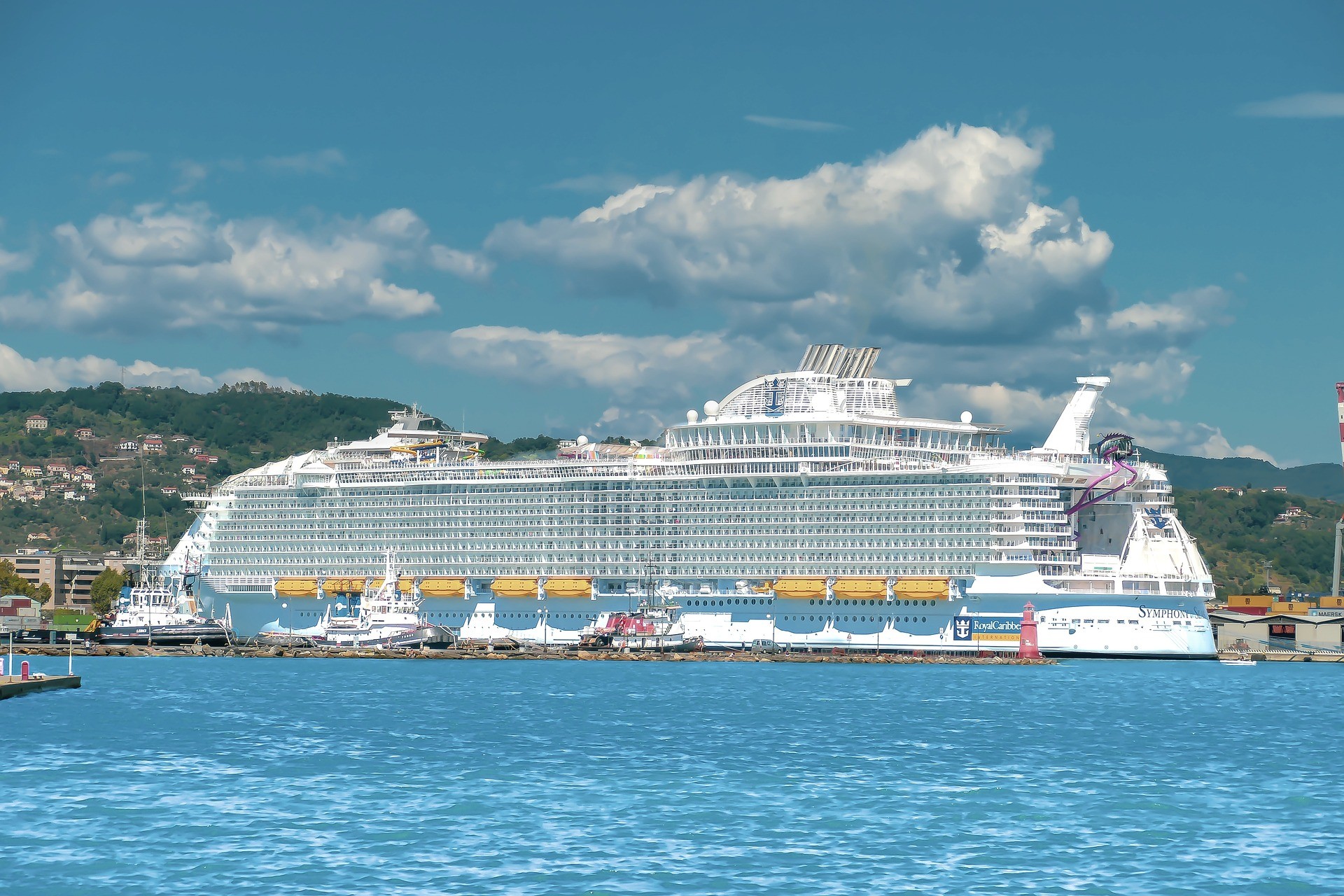


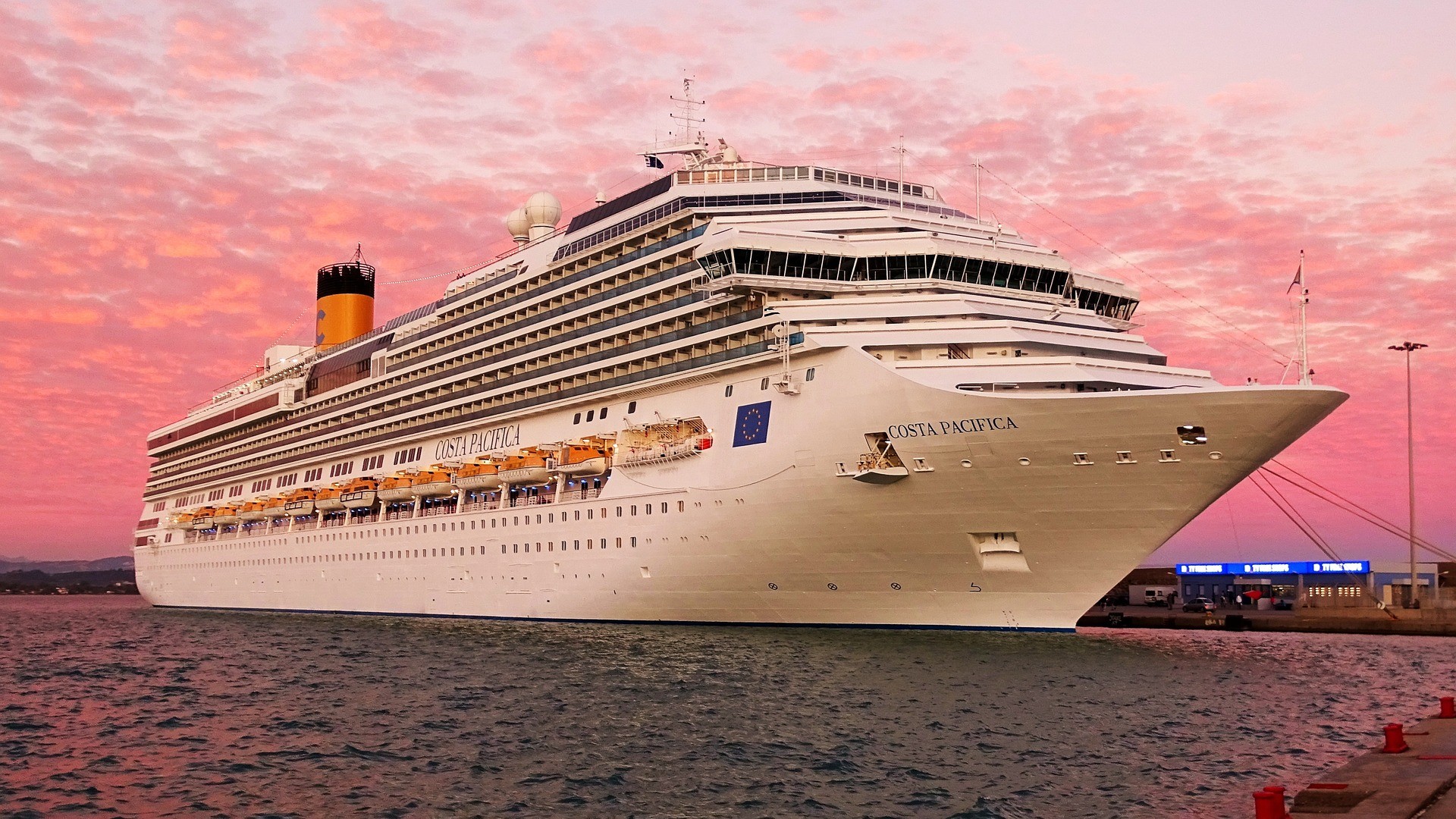

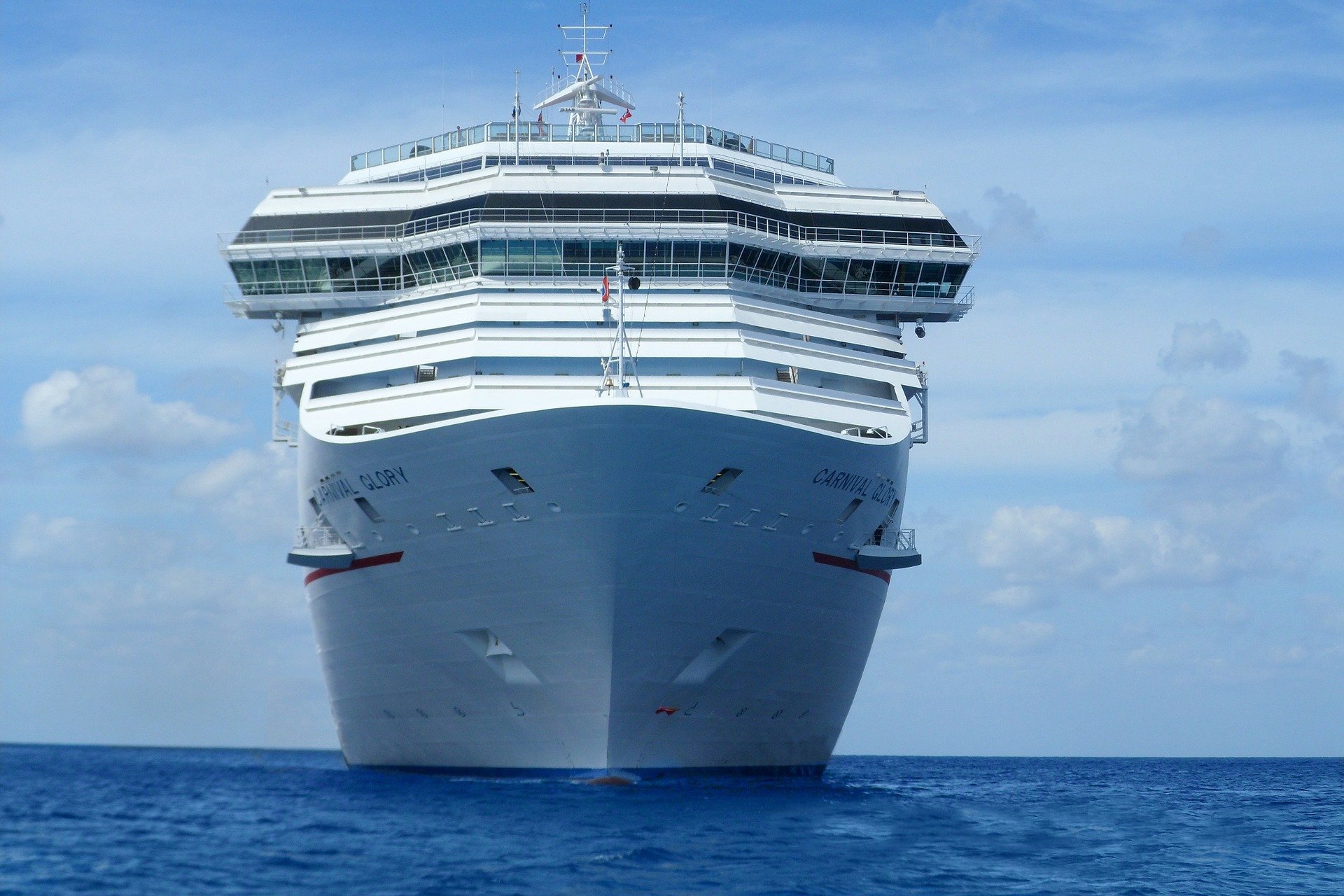
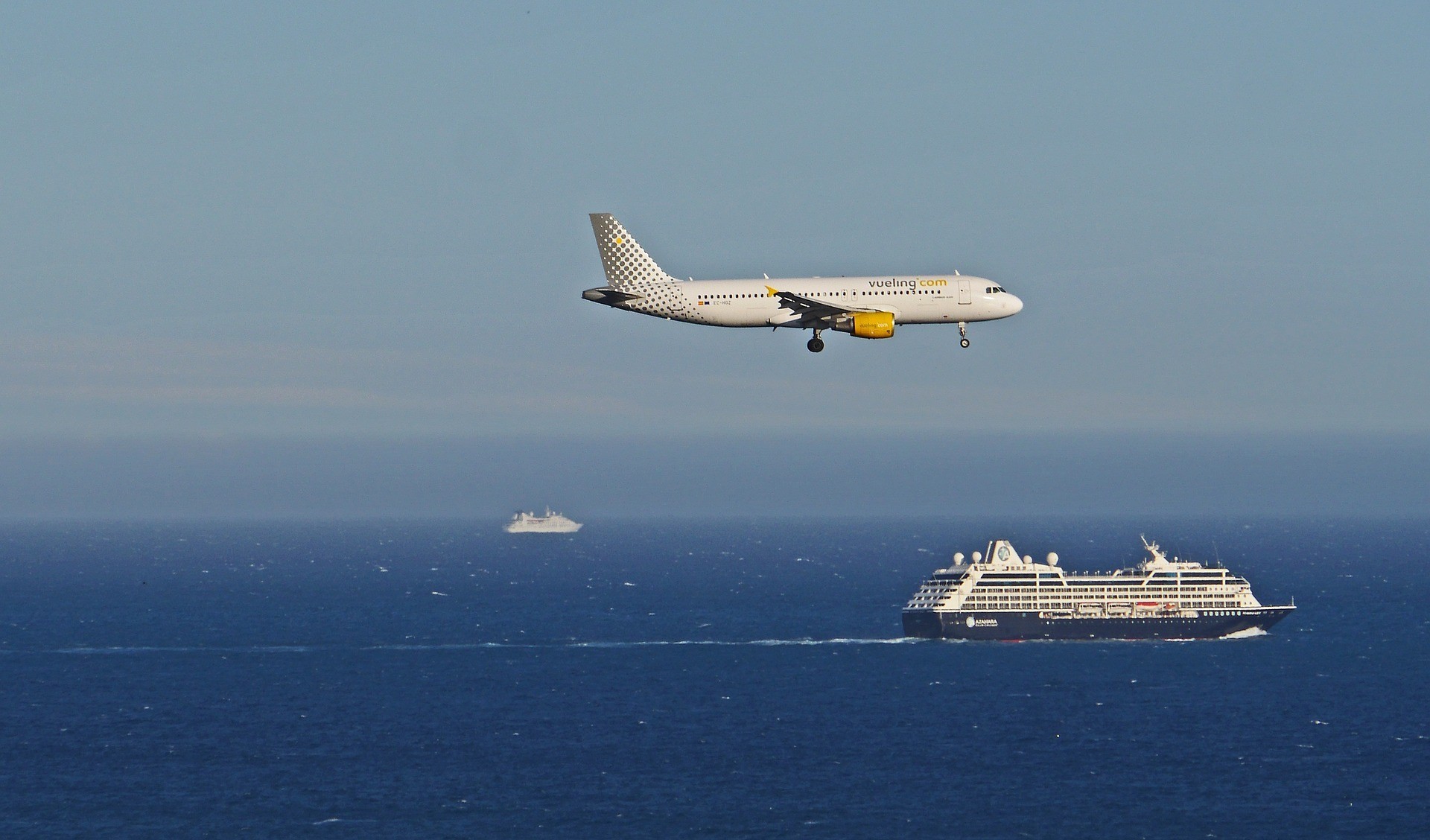


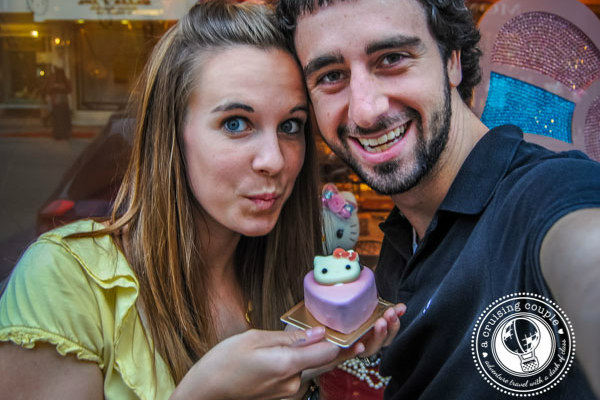
Hey, thanks a lot! When do you think most countries will be open for tourists?
Thank you for this helpful post, but I’m still sad for the isolation:((
CommentI think it will take a long time before tourism can reopen.
Hey, thanks a lot! When do you think most countries will be open for tourists?
Hey, thanks a lot! When do you think most countries will be open for tourists?
Hi. Awesome site just what I was looking for. great advice. keep it up! Now just wait for the world to open up.